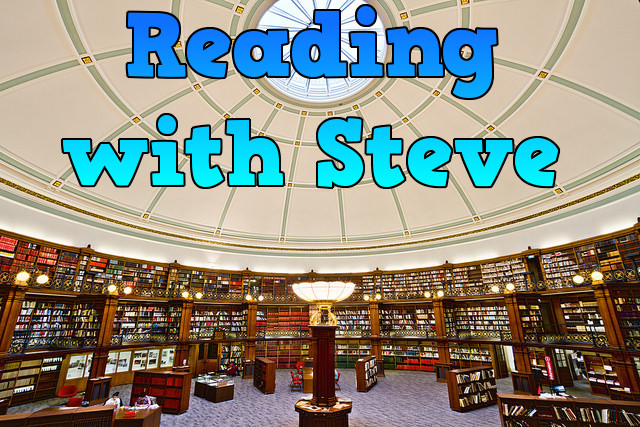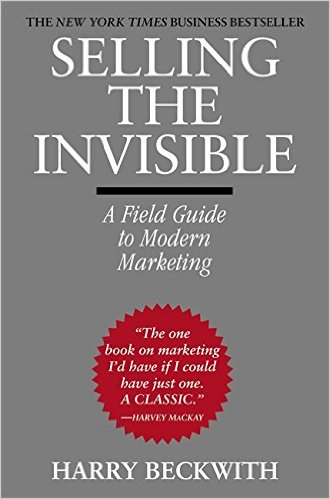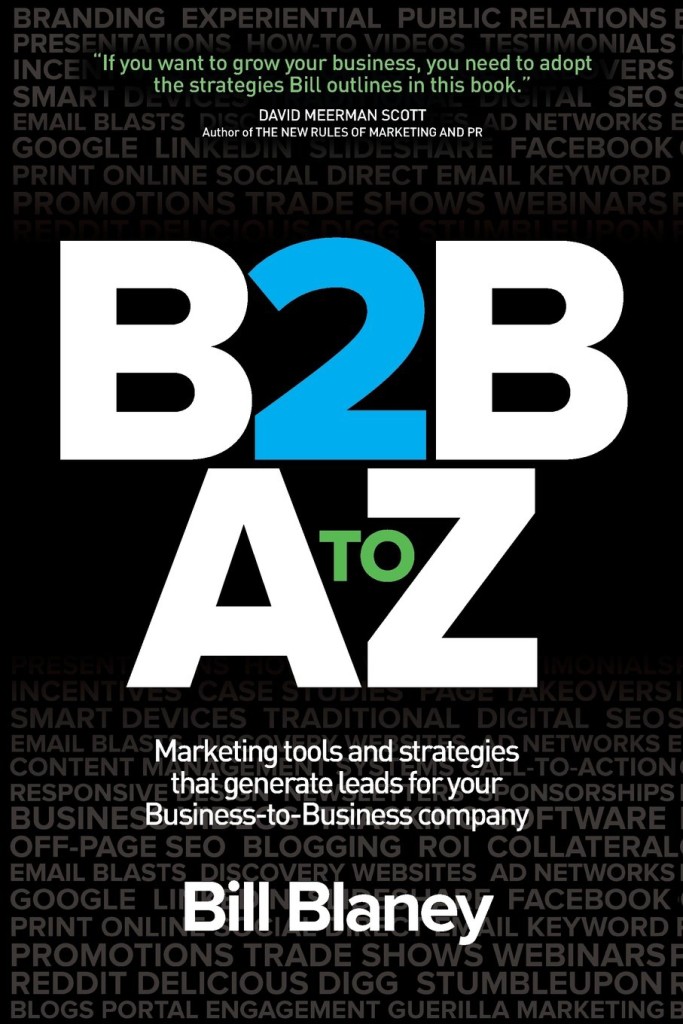How many advertisements do you remember seeing yesterday? Think back to your journeys, from home to work, through the freeway or subway, and across the Web and the channels on your TV. Can you recall 10 ads?
I couldn’t remember even 10 – yet according to one famous estimate, the average American sees 5,000 ads every day.
Seeing this problem, Seth Godin published his foundational book Permission Marketing, which described a new way to market in an era of overwhelming noise.
An interruption marketing strategy attempts to grab consumers’ attention when they are not looking for product information. Consumers usually hate interruption marketing, and the performance of such techniques sinks over time. A permission strategy asks consumers to volunteer to receive marketing, and rewards them for doing so. Consumers appreciate and even enjoy this type of marketing, which increases in value as it identifies motivated and responsive customers.
 It’s a testament to his influence that the techniques Godin describes have been universally accepted, particularly in a B2B setting. Classic interruption techniques such as banners, TV spots, and print ads have been in crisis for years, increasingly relevant only to mass-market brands. Newer permission techniques such as email and loyalty programs are in the ascendant.
It’s a testament to his influence that the techniques Godin describes have been universally accepted, particularly in a B2B setting. Classic interruption techniques such as banners, TV spots, and print ads have been in crisis for years, increasingly relevant only to mass-market brands. Newer permission techniques such as email and loyalty programs are in the ascendant.
Thus it is that a radio spot in 1995 usually concluded with a pitch to buy. Today, the ad likely will ask listeners to seek more information online. This is an example of the swing to permission: Almost no one will buy because of an advertisement, but some consumers will opt in to express their interest. The permission-based ad ultimately has a greater impact on long-term sales.
You are already a permission marketer – and that only makes it more important to understand Godin’s original philosophy. Every lawyer ought to read the Magna Carta, and you ought to read Permission Marketing.
One pleasure of reading Godin is his writing. He is a consummate stylist who fluidly weaves stories, humor, and critical observations. His tendency toward short phrases makes concepts easy to understand. And he has an effective habit of saving compound sentences for times when he must, when he is simply compelled, to create an emphasis. I enjoyed reading Godin and recommend every content creator learn from his style.
The Maturing of the Internet
Godin is frightfully prescient when describing the then-nascent Internet. “Is there something going on here,” he writes, in 1999, “or is this another tulip bulb frenzy?” He nevertheless concludes that “[t]he Internet is the greatest direct marketing medium ever invented.” Emphasis in the original.
The problems he describes with Internet marketing are mostly specific to the era – search engines are no longer an unsteady source of site traffic, and 14.4 kbps modems no longer inhibit the value of video. His prescriptions are nevertheless still valid, even though most of his case studies have long since failed (one of them is the subject of my favorite memoir of the dot-com age, also a recommended read).
If the specific issues Godin sees are now so dated, and the companies he cites are long vanished, how can his advice still be valid? An overarching theme of the permission concept is that the marketer must be nimble, attuned to changing customer desires, and adept in emerging tactics. Whatever technology is used, permission marketing must be anticipated, personal, and relevant to the prospective buyer. The maturation of the Internet since Godin’s first writing, if anything, only proves the timelessness of his thinking.
His ideas are more than momentary. They encapsulate basic truths of the human psyche, packaged for the benefit of marketers everywhere.
Yet something fundamental has changed.
Up Is Down, Black Is White
Godin could not have foreseen the changes in our habits, including the rise of social and mobile. These new technologies have altered behavior in momentous ways, and turned media consumption on its head.
There is a revolution brewing that could have a huge impact on marketing.
Interruption marketing was once the standard, but it’s now failing. Yet millions of us have embraced ever more interruptions. We often drop what we’re doing to answer text messages, read tweets, send snaps, and spend our Candy Crush lives. We embrace interruptions that are no more essential than any GEICO ad. It’s a phenomenon I call interruption entertainment.
At the same time, permission marketing is facing a new challenge from consumer rejection of modern techniques. We agree to terms that allow marketers to give us information we ought to value such as sponsored stories, SEM, retargeting, and email coupons. These modern Web marketing techniques follow the letter of the permission marketing ethos – yet the permission given is often so subtle, and the results so uncanny, that millions of us are rebelling against the outcome. I call this emerging backlash against Internet marketing the permission revolt.
In 2015, we are willing to interrupt ourselves but increasingly will not accept interruption from a marketer even if it is what we are looking for. How can this be?
Once again, marketers must be nimble, and again the permission marketing framework can offer a response to the permission revolt in the context of interruption entertainment.
In my next post, I’ll look at evidence of these changes and show how marketers can respond.
Buy the book Permission Marketing.
Stray thought: Godin and I share – in addition to certain depilatory habits – a fascination with transportation as a service, now commonly discussed in the context of driverless cars. He repeatedly writes in his book about how much he wants a subscription automobile that’s delivered clean and fueled to his driveway each morning. He is still on the case.
PHOTO ATTRIBUTION
Liverpool Central Library Picton Reading Room by Michael D Beckwith modified using ![]() CC BY 2.0
CC BY 2.0


